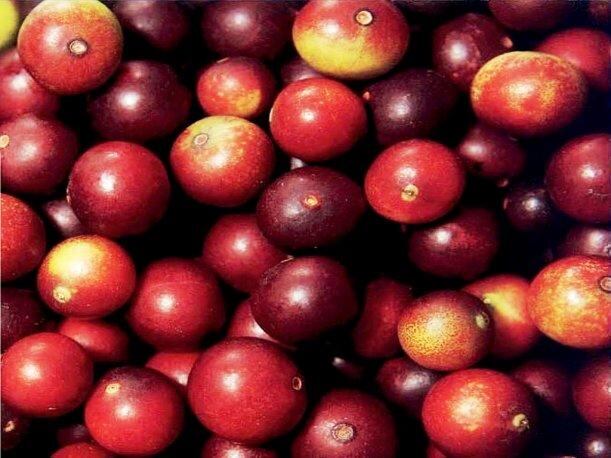“The method is economic, environmentally friendly, and portable, and might be useful for small producers and family agriculture businesses unable to afford specialized laboratory analysis in the north region of Brazilian Amazon,” the researchers wrote in their report recently published in the scientific journal Food Chemistry.
The digital method involved a smartphone camera to analyze ‘colometric spot tests’—these are tests where a small sample drop (in this instance fruit juice) is mixed with a standardized chemical to make the sample change colors.
A smartphone camera is then used to analyze whether that change of color indicates the presence of ascorbic acid in the fruit juice.
Analyzing native fruits
The researchers, affiliated with the Universidade Federal do Pará and the Centro de Ciências Exatas e Tecnologia, both in Brazil, looked at fruits native to the Brazilian Amazon, such as bacuri, cupuaçu, muruci, yellow mombin. They also measured several common fruits such as cashew, mango, orange and passion fruit.
After gathering information using the novel smartphone method, they then compared them with results from a more established, laboratory-based analytical method, and found the two to be consistent.
“The official method for measuring ascorbic acid in fruit juice is titrimetric analysis using 2,6-dichlorophenolindophenol and, for other types of food, a microfluorometric method is recommended,” they wrote. “However, there are very few studies in the literature considering digital imaging methods for AA determination.”
“Here, for the first time, a digital image based method was applied to determine ascorbic acid in a remote location, specifically the Brazilian Amazon,” they reported, adding that the new method avoided analyte losses through transport, treatment or handling of samples.

‘Green Chemistry’
“It is also rapid, accurate, precise, and environmentally-friendly,” due to the limited amount of waste.
More specifically, they argued that the method was 83-times more environmentally friendly than conventional iodometric titration. This number comes from the reduced amount of chemicals needed to use the smartphone method.
“About 50 mL of reagents was used for each titration, whereas the proposed method required only 600 μL per analysis. Iodometric titration also needed around 3–4 min, whereas only 1.6 min was necessary for digital image-based for trained analysts,” they reported.
“Thus, the proposed DIB spot test can be considered a green chemistry method, not just due less waste, but also because little electric energy consumed and its portability, allowing analysis in situ.”
Source: Food Chemistry
Published online ahead of print, https://doi.org/10.1016/j.foodchem.2019.01.167
“Low cost in situ digital image method, based on spot testing and smartphone images, for determination of ascorbic acid in Brazilian Amazon native and exotic fruits”
Authors: Vagner Bezerra dos Santos, et al.
Further Reading
From açaí to buriti to camu-camu: Study makes case for increased commercialization, research on Brazilian small wild fruits

Getty Images / Bobyhus5
10-Oct-2018 By Adi Menayang
Most studies looking at bioactive compounds have focused on temperate climate berries, argue researchers from Brazil. They make the case for the commercialization of Brazilian small fruits to compete with so-called ‘temperate berries.’

